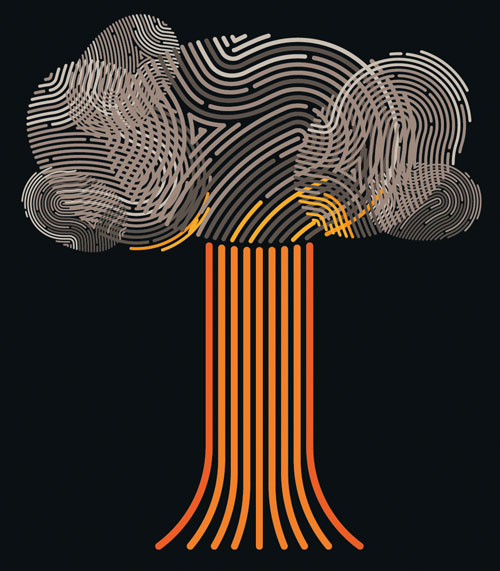BY LINDA BAKER | OB EDITOR
At Oregon State University, a 21st century version of the bad dream — nuclear terrorism — is alive and well. This winter, the Department of Nuclear Physics and Radiation Health Physics created a new interdisciplinary graduate emphasis in nuclear forensics, a Sherlock Holmes-sounding program that aims to identify how and where confiscated nuclear and radiological materials were created.
BY LINDA BAKER | OB EDITOR
 When I was a kid, I used to lie in bed every night worrying about a nuclear war between the U.S. and the Soviet Union. That cold war nightmare eventually faded, even if the world today is just as scary as it ever was.
When I was a kid, I used to lie in bed every night worrying about a nuclear war between the U.S. and the Soviet Union. That cold war nightmare eventually faded, even if the world today is just as scary as it ever was.
At Oregon State University, a 21st century version of the bad dream — nuclear terrorism — is alive and well. This winter, the Department of Nuclear Physics and Radiation Health Physics created a new interdisciplinary graduate emphasis in nuclear forensics, a Sherlock Holmes-sounding program that aims to identify how and where confiscated nuclear and radiological materials were created.
“The reality of a radiological event in our lifetime is here,” says research professor Camille Palmer, who is taking the lead on the program. “It’s important to be prepared.” Underwritten by the Department of Homeland Security, the new emphasis will offer courses in nuclear materials science, detection and analysis, along with core courses like radiophysics, radiochemistry, and applied radiation safety. Palmer, a former researcher at the Los Alamos National Research Laboratory, a federal research facility dedicated to national security, also hopes to build partnerships with national labs, fueling a pipeline of scientists ready to meet the challenge.
When law enforcement agents confiscate smuggled nuclear or radiological ingredients, they must quickly trace materials back to their source, pinpointing details such as where in the fuel cycle plutonium was created — a clue that helps identify the country of origin. Scary stuff, but Palmer is ever the scientist. “I view myself as an analyst,” she says. “It’s an interesting problem to solve.”
{jcomments on}


